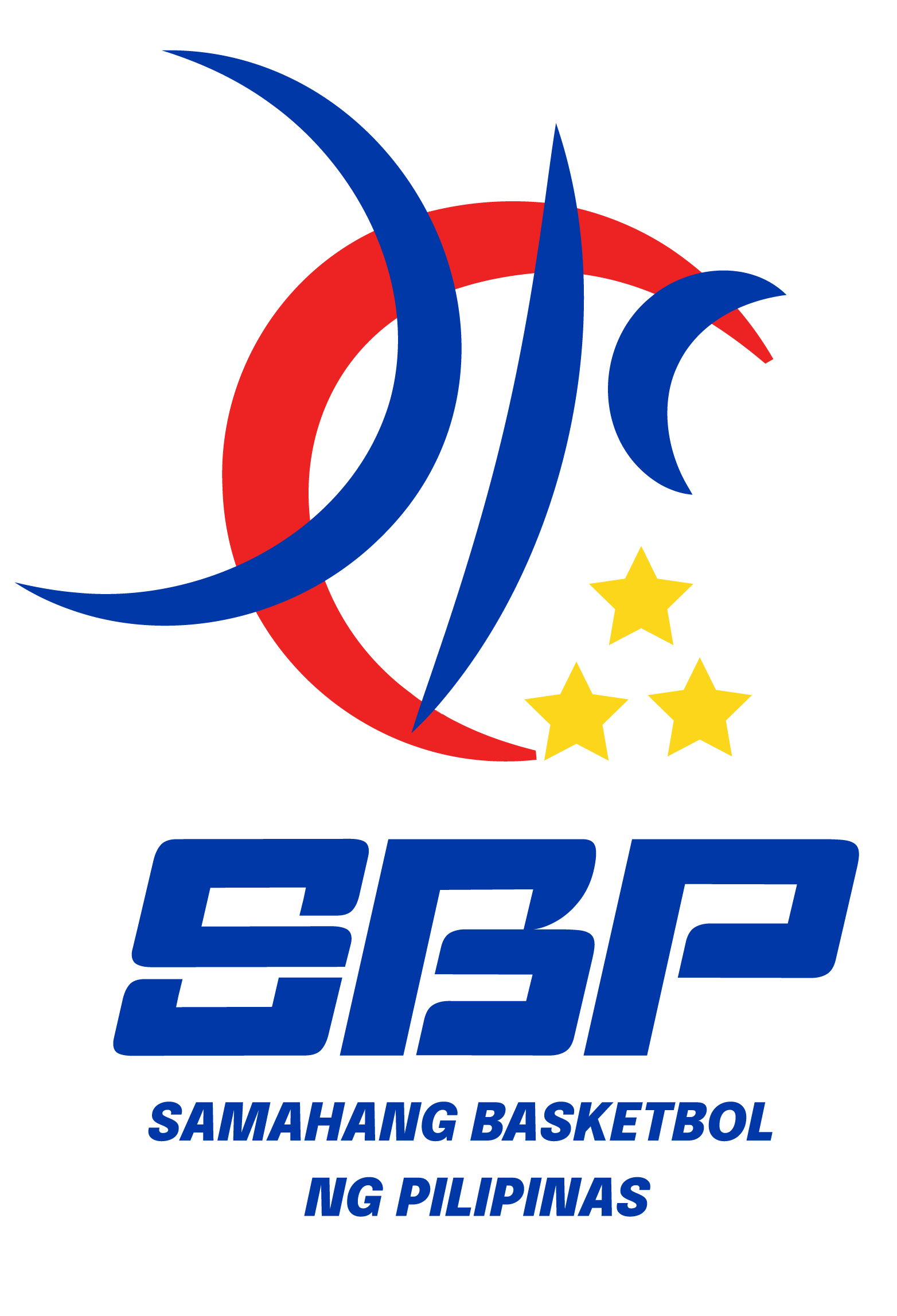
After leading San Miguel Beer to a PBA Grand Slam in 1989 and the Ateneo Blue Eagles to five straight UAAP men’s basketball championships from 2008 to 2012, coach Norman Black is taking his mastery of the sport’s Xs and Os to where the first lessons of the game are taught — the grassroots.
As head of the Samahang Basketbol ng Pilipinas’ grassroots and talent identification program, Black, on the job for just a little over five weeks, is laying the framework for an extensive nationwide training system that would be geared, among others, at developing players not only for local competition but for international campaign as well.
Drawn basically from observations of youth programs during recent visits to Australia, with SBP executive director Erika Dy, and Serbia, the concept will put emphasis on versatility and the adaptation to certain situations, especially in the foreign front.
Also, Black hopes, what he intends to introduce to local coaches is a way of thinking, a philosophy, that would cut back on the traditional over-reliance on the zone defense when tutoring young players.
“Australia and Serbia have two of the best basketball programs in the world and we wanted to find out how they are training their youth, and whether we could pick up on some of the things that they are doing to maybe help us out here to be able to develop our players a little bit better at the youth levels,” says the 11-time PBA champion coach.
Black adds about his role: “My focus basically is just with the kids around the country and how I can work with the regional directors of the SBP to be able to improve the training of the young players.
“It’s about trying to get as much knowledge as possible about what’s being done in the best basketball countries around the world and then bringing it back here and sharing it with our coaches.
“I think if we want to develop the youth program, the grassroots program, then you have to develop the coaching at the same time. That’s very important.”
In Canberra, and later Melbourne and Sydney, Black dropped by the Australian Institute of Sports, attended youth tournaments to see how the events are set up, and watched the tryouts for the 17 and under national team and the practice sessions for the NBA Academy.
Black also took note that Australian basketball is more club-based, with young players recruited by clubs and trained to improve their skills and go through a system, compared to the Philippines which is more school-based.
“They practice maybe about five hours a day, in the morning and in the evening,” Black says of the Australian kids, logistics and nearby housing facilities allowing them to do so minus disruptions due to time constraints brought on by distance and traffic.
Black, who handled the Philippine team during the 1984 Hiroshima Asian Games, also spoke of standing eye-to-eye with “15, 16, 17 year- old players” in Serbia.
It was an encounter that had Black thinking about how to jumpstart SBP’s grassroots masterplan.
“I went to visit the top four youth programs in Serbia and realized after practice, when I got next to the players, that all these guys are looking me in the eyes,” says Black. “They are all 6-4, 6-5, 6-6, and some of them are 6-9, 6-10. But majority are my size and they are all wingmen, all of them play the wing position.”
That got the former PBA import reflecting on a truth now existing in the international basketball scene: Players overseas who are 6-5, 6-6 are wingmen, not bigs.
And there lies the dilemma.
…
“The height difference may be a problem that we probably won’t be able to solve here in the Philippines; it is what it is. But this is something we are dealing with in international competition,” Black says.
“So how can we develop our players, moving forward, that no matter what their height is, that they can be wingmen? In other words, how can they still be big men in our world, but be able to play internationally and be wingmen? How can we train them when they’re young to be versatile, not to be stuck in positions like I’m the biggest guy here so I”ll play the center position?”
The former Detroit Piston player adds rhetorically: “What happens when you get to be 15, 16, 17 and you’re still 6-2 and you’re playing the center position? Or maybe you’re 6-5 at 17 and still be 6-5 when you turn 21? That’s not gonna help you internationally.
“So how can we develop their skills and turn them into wing players who can be bigs in certain situations but who can be wingmen when it comes to playing in international competition, which is what SBP is focused on — establishing, developing so they can eventually play for the national team?”
Black’s idea: No zone defense for kids in training at age 13.
“It’s gotta start with the coaches, and it has to start with the youth, and everybody has to buy in,” he says. “Do we want to pigeonhole a player to a certain category that he’s gotta play the center position, maybe in a zone? Put him in the middle, let him protect the basket, or let him play in the post? Or can we develop him to do both — be a wingmen but at the same time be able to play inside, if necessary?
“That’s something I’m focused on, That takes time, that takes a change in attitude, a change in thinking, but that’s the goal.”

